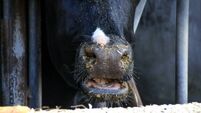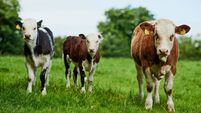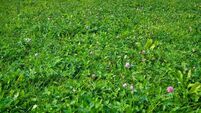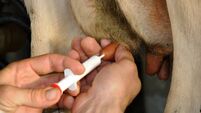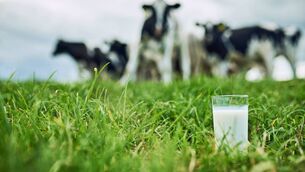Signpost: Tomas prepares his ewes, rams and replacements for the busy breeding season
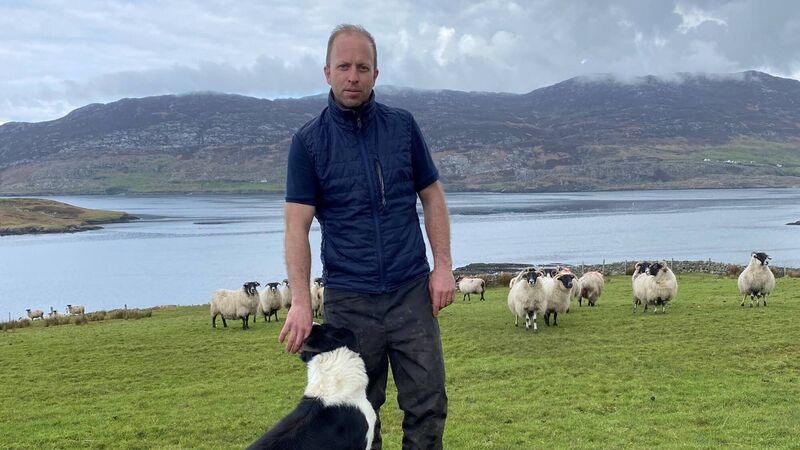
Tomas O'Toole: It is important to have good ram management during this time.
I have been busy on the farm over the last number of weeks with certain tasks that have to be prioritised.
In the past while, I have dipped all the sheep on the farm. I have also been checking the lowland and hill flock ewes for body condition. At this time of year, before mating, the target average body condition score for a lowland ewe is 3.5, with no ewe less than 3.0 if possible. For hill flocks, I target an average body condition score of 3.0 and no less than 2.5.


